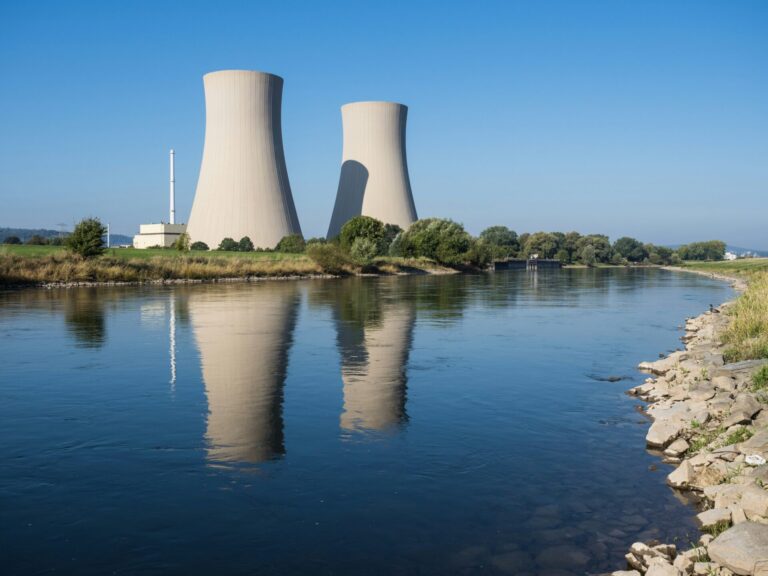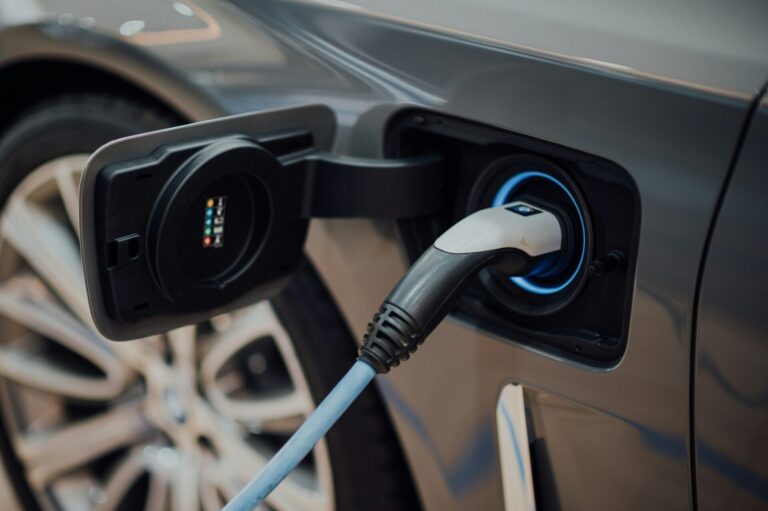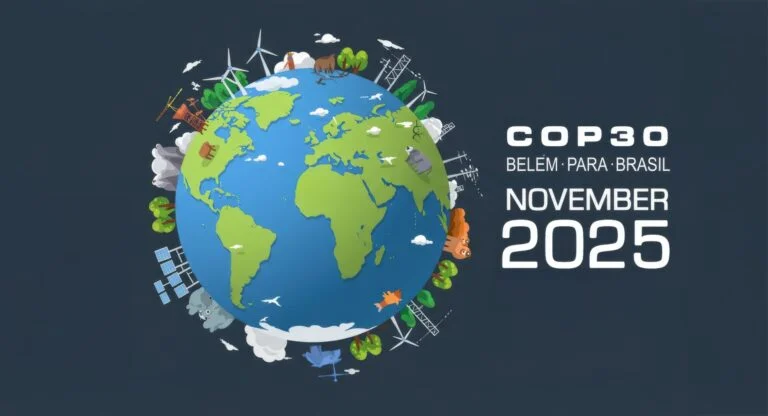Background of ETS
The EU’s ETS, established in 2005, is one of the world’s largest carbon markets. It operates on a cap-and-trade principle, setting a limit on total emissions while allowing entities to buy and sell allowances to meet individual needs. In contrast, the UK implemented its own ETS in 2021 after leaving the EU. While similar in design, the UK ETS is tailored to national priorities and regulatory frameworks. Both systems aim to incentivise emission reductions through market mechanisms, but they have evolved separately in recent years after Brexit.

Potential Benefits of Linking the Systems
-
Enhanced Market Liquidity:
A combined market would increase the number of participants, potentially leading to more trading activity and improved liquidity. This could result in more stable carbon prices and a more efficient allocation of resources.
-
Cost-Effective Emission Reductions:
Entities would have access to a broader range of emission reduction opportunities, allowing for cost savings. Companies could source allowances from a larger pool, optimising their compliance strategies.
-
Regulatory Alignment:
A linked system could harmonise carbon pricing mechanisms, reducing administrative burdens for companies operating in both jurisdictions. This alignment might simplify compliance and reporting processes.
-
Strengthened Climate Cooperation:
Collaborating on carbon markets could reinforce the commitment of both the UK and the EU to achieving net-zero emissions by 2050, demonstrating leadership in global climate initiatives.
Challenges to Linking
-
Price Differences:
Currently, the UK's carbon price is around £36.60 per metric ton of CO₂, while the EU's is higher. Aligning these prices would require careful calibration to prevent market distortions and ensure fair competition.
-
Regulatory Differences:
Over time, the UK and EU ETS have developed distinct rules and regulations. Harmonising these frameworks would necessitate negotiations to ensure compatibility while respecting each system's integrity.
-
Political Considerations:
Establishing a linked ETS involves complex political considerations. Both parties would need to agree on governance structures, enforcement mechanisms, and dispute resolution processes, all of which require diplomatic negotiation.
-
Impact on Domestic Policies:
Linking the systems could influence national climate policies, potentially limiting the ability of either party to implement tailored measures. Policymakers must consider how a linked ETS aligns with domestic environmental objectives.
Current Developments
Linking the UK and EU Emissions Trading Systems presents a complex interplay of opportunities and challenges. While the potential benefits include enhanced market efficiency and strengthened climate cooperation, significant hurdles related to price alignment, regulatory coordination, and political agreement must be carefully navigated. A comprehensive analysis, involving input from policymakers, industry participants, and other stakeholders, is essential to determine the feasibility and desirability of such a linkage.






